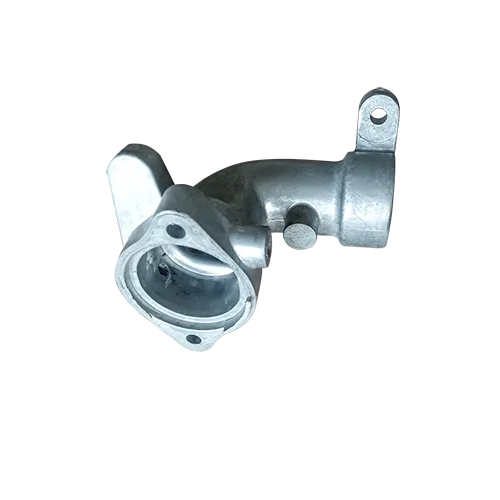Mobile:+86-311-808-126-83
Email:info@ydcastings.com
Exploring the Role of Turbine Housing in Turbocharger Performance and Efficiency
The Role of Turbine Housing in Turbochargers
Turbochargers have become essential components in modern internal combustion engines, enhancing performance and efficiency by forced induction. At the heart of a turbocharger lies the turbine housing, a critical element that plays a key role in optimizing the overall functionality of the system.
The Role of Turbine Housing in Turbochargers
Typically made from cast iron or high-temperature alloys, the turbine housing must withstand extreme temperature and pressure conditions. As exhaust gases exit the engine, they can reach temperatures of up to 1,000 degrees Celsius (1,832 degrees Fahrenheit). Therefore, the material choice is critical for maintaining structural integrity over time while preventing issues such as warping or cracking.
turbine housing in turbocharger

The shape and size of the turbine housing also significantly influence turbocharger performance. A smaller housing can increase turbo boost at lower engine speeds, enhancing responsiveness or ‘lag.’ However, this often comes at the expense of higher exhaust backpressure and can limit the upper RPM capabilities. Conversely, a larger turbine housing can allow for better high-end power but may result in slower spool-up times. Thus, the optimal housing size must be carefully selected based on the specific application and desired performance characteristics.
Another important aspect of turbine housing is its design, often featuring an integrated wastegate. The wastegate regulates the exhaust flow to the turbine, preventing over-boosting and ensuring safe operation. Some modern turbochargers feature variable geometry turbine (VGT) housings, which allow for adjustable turbine vanes that can change the flow characteristics dynamically. This innovation aims to provide the best of both worlds, optimizing response and performance across a broader range of engine speeds.
In conclusion, the turbine housing is a fundamental component of turbocharger systems, influencing the efficiency, performance, and reliability of turbocharged engines. With advancements in materials and design techniques, the efficiency of turbine housings continues to evolve, driving innovations in automotive performance and sustainability. As the automotive industry progresses toward a greener future, optimizing turbine housing designs will remain crucial in maximizing the benefits of forced induction in various applications.
-
Why Is Choosing the Right Motor Housing Critical for Engine Performance?NewsJul.18,2025
-
Which Impeller Types Best Optimize Your Pump’s Efficiency?NewsJul.18,2025
-
Optimize Maintenance Efficiency with Durable Oil Catch SolutionsNewsJul.18,2025
-
Maximize Pump Performance with Precision-Engineered ComponentsNewsJul.18,2025
-
Elevate Industrial Flow Systems with Precision-Engineered ComponentsNewsJul.18,2025
-
Boost Durability and Functionality with Precision Power CastingsNewsJul.18,2025











